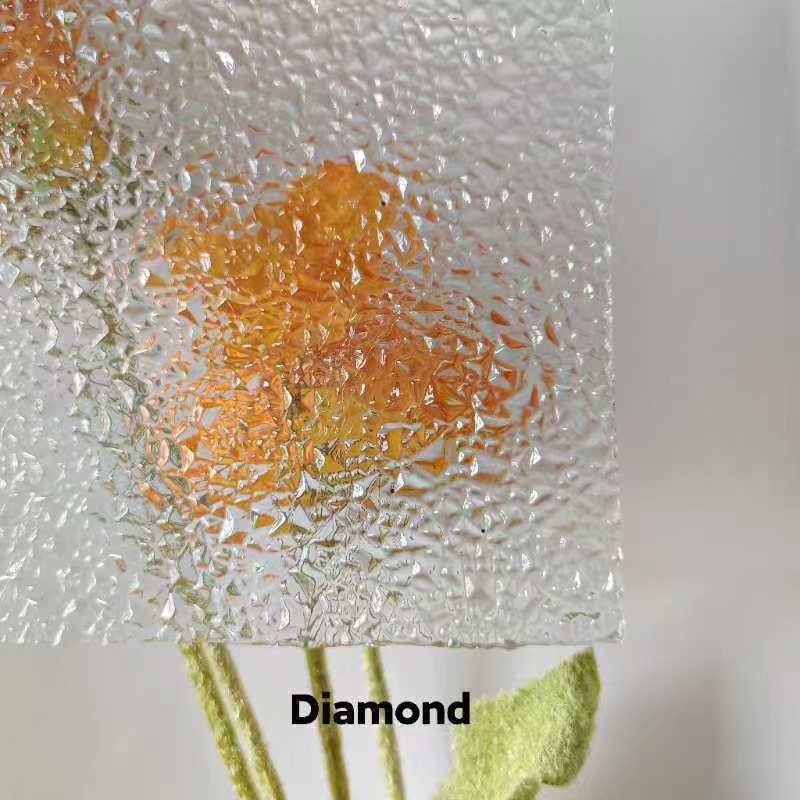

The Aesthetic and Functionality of Reflective Grey Glass
Reflective grey glass has emerged as a significant player in the world of architecture and design, offering a unique blend of aesthetics and functionality. This type of glass is characterized by its ability to reflect light while maintaining a neutral grey hue, making it a popular choice for both residential and commercial applications. The appeal of reflective grey glass lies not only in its visual qualities but also in its practical advantages, which cater to the modern needs of energy efficiency and privacy.
Aesthetic Appeal
At first glance, reflective grey glass captivates with its sleek, modern appearance. The reflective surface creates an illusion of depth, allowing buildings to blend harmoniously with their surroundings. This versatility means that it complements a range of architectural styles—whether contemporary, minimalist, or even traditional designs can benefit from the sophisticated touch it adds. The neutral color of the glass enhances the overall aesthetic without overpowering the other elements in the space. This characteristic makes it an ideal choice for storefronts, office buildings, and high-end residences, where appearance matters significantly.
Moreover, the reflective quality of the glass enables it to change according to the surrounding environment and lighting conditions. During the day, it can reflect the blue hues of the sky, while in the evening, it absorbs warm tones from nearby light sources. This dynamic nature enhances the visual experience for both occupants of the building and passersby, contributing to its popularity among architects and designers.
Energy Efficiency
Beyond its aesthetic charm, reflective grey glass plays a crucial role in energy efficiency. One of the significant benefits of this glass type is its ability to reduce solar heat gain. By reflecting a large percentage of sunlight, it minimizes the amount of heat entering a building, which can lead to decreased reliance on air conditioning systems. This not only contributes to lower energy bills but also aids in creating a more sustainable living environment. In an era where energy conservation is crucial, the adoption of reflective grey glass aligns with the goals of many eco-conscious developers and homeowners.

Additionally, this type of glass can help in regulating indoor temperatures, potentially reducing the need for heating in colder months. The improved thermal insulation it offers can contribute to a more comfortable living or working environment, enhancing the overall quality of life for occupants.
Privacy and Security
Reflective grey glass also serves a vital function in terms of privacy and security. The reflective surface makes it challenging for outsiders to see into the building during daylight, allowing occupants to enjoy their space without feeling exposed. This characteristic is particularly appealing for homes and offices located in busy urban environments where privacy can be a concern. By utilizing reflective grey glass, designers can create transparent spaces that maintain a visual connection with the outside world while ensuring a sense of seclusion for those inside.
Moreover, this type of glass is often tougher and more durable than standard glass, providing increased protection against vandalism and break-ins. Its robust nature makes it a practical choice for ground-level applications where security is a priority.
Conclusion
In summary, reflective grey glass is a remarkable material that artfully combines aesthetics with functionality. Its striking visual appeal enhances modern architectural designs while its energy-efficient properties contribute to sustainable building practices. Furthermore, the benefits of privacy and security make it an attractive option for various applications. As architects continue to explore innovative materials in their designs, reflective grey glass will undoubtedly remain a preferred choice, enriching both the skyline and the lives of those who inhabit these spaces. With its ability to adapt to environment and lighting, it stands as a testament to the delicate balance between beauty and practicality in modern design.